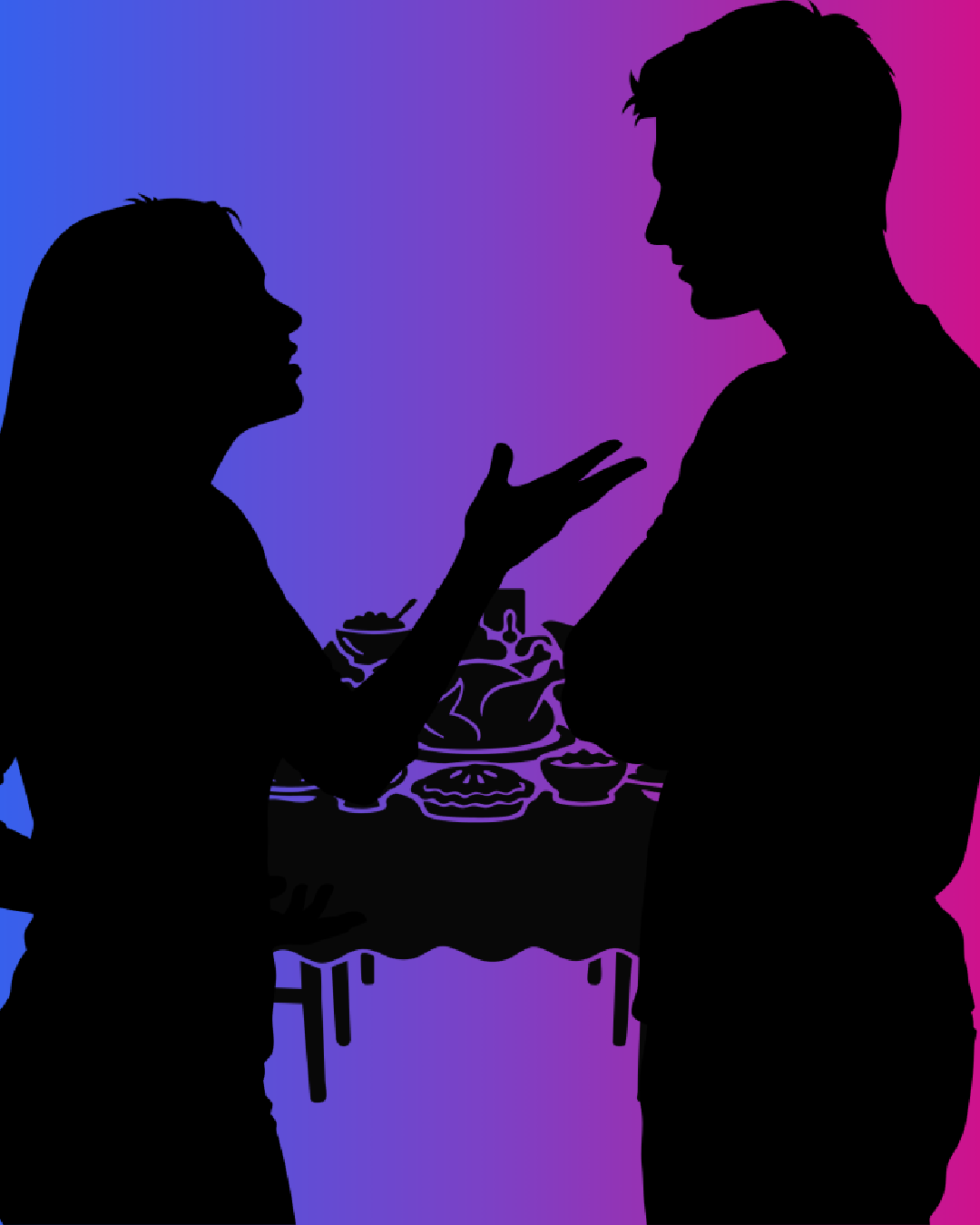You do not have to be polarized along partisan, ideological, or issue lines to be affectively polarized. Affective polarization feeds into those other types.
The Big Picture
As rampant as polarization is in American politics, there are some misunderstandings that need to be cleared up. Such misunderstandings stymie real progress in bridging the political divides that plague our country.
First, polarization is not a monolithic concept, and academics, pollsters, and other political observers have different ways of studying it. While there isn’t necessarily a fully “objective” way of describing it, a useful way to understand polarization is to break it down into several different subtypes.
- Partisan polarization describes the level of difference between political parties. This typically applies to Democrats and Republicans but it can also apply to third parties.
- Ideological polarization describes the chasm between how conservative or liberal groups and individuals are. A couple ways to view this are the difference in the percentages of people that identify as conservative or liberal, or how many people call themselves “strongly” liberal or conservative.
- Issue polarization describes the gulf in opinions on specific issues. For example, if a significant percentage of people supported or opposed abortion in every single scenario instead of being ambivalent about different situations, that would indicate issue polarization.
All these can be issues, certainly. Yet overly focusing on the specific views people have risks focusing too much on the effects of division instead of the root causes. If you don’t focus enough on what ultimately drives polarization overall, it becomes even more difficult to effectively address the issue.
Zooming In
The BIGGEST problem is what is called affective polarization. “Affective” refers to our emotions and attitudes toward each other.
But what makes this the most insidious and dangerous type of polarization? It’s because any one of us can fall into the trap. You do not have to be polarized along partisan, ideological, or issue lines to be affectively polarized. Affective polarization feeds into those other types.
Think of any time you have been angry, fearful, disgusted, or distrustful when it came to politics. It’s natural to feel those ways sometimes. It might even be justified in some cases. Yet that only adds to how easy it is to become affectively polarized. You don’t have to have extreme views to feel it.
Democrat, Republican, and independent voters can all fall into that trap.
Liberals, conservatives, and moderates are susceptible to it.
If we believe that we are immune to such traps, we further run the risk of being affectively polarized, and therefore adding to the division in this country.
This leads to a second misconception about polarization–some of it is driven by a higher perception of polarization than actually exists. This is called “false polarization.” We react to real and perceived polarization with more polarization.
We are certainly living in a time of heightened tensions, and that should be noted. However, the media’s focus on how polarized the electorate is can also have the unintended effect of causing voters to moderate their issue positions but increase their dislike of the opposing party.
That dislike is affective polarization. Even though our views might be moderated, our opinions on “other groups” aren't.
There is also the fact that the most extreme and most polarized voices are the loudest and receive the most attention. They seem more numerous, and because we overestimate how many of these polarized voices there are, we perceive greater polarization in the electorate.
Independent Lens
But it must be stressed that it’s not all doom and gloom! We can fight back against affective polarization in more effective ways. Here are a few ways.
One effective tool is to provide a polarizing content warning on content about polarization. This cautions readers that studies have indicated reading content about political polarization can further drive affective polarization. Such a warning can mitigate, or even reduce affective polarization.
That’s in large part because we become more aware of the effects of content about polarization, and so it applies to our overall self-awareness of how any of us can be affectively polarized.
A second way to fight back against our potential to be affectively polarized is to deliberately disengage with heavily biased, polarized content. That isn’t always possible, but we should stop and ask ourselves more often: Do I need to engage with this content?
Such voices get all the attention because social media algorithms are engineered to manipulate our emotions. Our emotions are what make “ragebait” so effective, and thus they increase affective polarization. Even if we strongly disagree with the content, engaging with it still circulates it much more widely on the Internet, unintentionally inflaming affective polarization further.
That content is designed to make us angry and fearful, and therefore more likely to react and engage. Don’t let them manipulate your emotions.
Third, we must be careful not to take a holier-than-thou attitude when engaging with polarized voices. That is often borne out of our own affectively polarized attitudes towards them. We don’t always realize it, but we may come across as pretentious.
That often will turn people off–and thus prevent your outreach efforts.
Approach them more neutrally. We don’t always know why others think the way they do. We need to know those reasons before we can work to counteract their polarized feelings. Doing so can even lower our own affectively polarized feelings.
It’s always a good policy to be more self-aware. Regardless of our political views, let’s work together to resist our collective inclination towards affective polarization.
Learn more about Paul Rader’s More Perfect Union mini-course here.

%201.jpg)



